What Is A Fruit Salad Tree: Tips On Fruit Salad Tree Care
You know how fruit salad has multiple types of fruit in it, right? Pretty much pleases everyone since there is a variety of fruit. If you don’t like one type of fruit, you can spoon up only the fruit chunks you love. Wouldn’t it be nice if there was a tree that would grow multiple types of fruit just like a fruit salad? Is there a fruit salad tree? Folks, we’re in luck. There is indeed such a thing as a fruit salad tree. What is a fruit salad tree? Read on to find out and all about fruit salad tree care.
What is a Fruit Salad Tree?
So, you love fruit and want to grow your own, but your gardening space is limited. Not enough room for multiple fruit trees? No problem. Fruit salad trees are the answer. They come in four different types and bear up to eight different fruits of the same family on the one tree. Sorry, it doesn’t work to have oranges and pears on the same tree. The other great thing about fruit salad trees is that the fruit ripening is staggered so you don’t have a giant harvest ready all at once. How did this miracle come about? Grafting, an old method of asexual plant propagation, is being used in a newer way to accommodate multiple types of fruit on the same plant. Grafting is used to add one or more new cultivars onto an existing fruit or nut tree. As mentioned, oranges and pears are too different and won’t graft on the same tree so different plants from the same family must be used in the grafting. There are four different fruit salad trees available:
- Stone fruit – gives you peaches, plums, nectarine, apricots, and peachcots (a cross between a peach and apricot)
- Citrus – bears oranges, mandarins, tangelos, grapefruit, lemons, limes, and pomelos
- Multi apple – puts out a variety of apples
- Multi nashi – includes various Asian pear varieties
Growing Fruit Salad Trees
First, you need to correctly plant your fruit salad tree. Soak the tree overnight in a bucket of water. Gently loosen the roots. Dig a hole a bit wider than the root ball. If soil is heavy clay, add some gypsum. If it is sandy, amend with organic compost. Fill in the hole and water in well, tamping out any air pockets. Mulch around the tree to retain moisture and stake if necessary. Fruit salad tree care is pretty much the same as that for any fruiting tree. Keep the tree moist at all times to avoid stress. Mulch around the tree to retain moisture. Reduce the amount of watering during the winter months as the tree goes dormant. Fertilize the tree twice a year in the late winter and again in the late summer. Compost or aged animal manure work great or use a slow-release fertilizer mixed into the soil. Keep the fertilizer away from the trunk of the tree. The fruit salad tree should be in full sun to part sun (except the citrus variety which needs full sun) in an area sheltered from wind. Trees can be grown in containers or directly in the ground and can even by espaliered to maximize space. The first fruit should appear in six to eighteen months. These should be removed when still tiny to allow the framework of all the grafts to develop.
Gardening tips, videos, info and more delivered right to your inbox!
Sign up for the Gardening Know How newsletter today and receive a free copy of our e-book "How to Grow Delicious Tomatoes".

Amy Grant has been gardening for 30 years and writing for 15. A professional chef and caterer, Amy's area of expertise is culinary gardening.
-
 Looking For Plants To Give You The Soft And Fuzzies? Try These 5 Fuzzy Leaf Plant Options
Looking For Plants To Give You The Soft And Fuzzies? Try These 5 Fuzzy Leaf Plant OptionsLovers of texture, drama, silver foliage and tactile plants will adore these special sensory garden additions. These fuzzy leaf plant options will leave you all aglow
By Susan Albert
-
 Get Ready For A Summer Of Hummers! Grow These Full Sun Hummingbird Plants and Flowers
Get Ready For A Summer Of Hummers! Grow These Full Sun Hummingbird Plants and FlowersIf you’re lucky enough to enjoy a sunny backyard, make sure you are maxing out on your pollinator opportunities and grow these full sun hummingbird plants and flowers
By Tonya Barnett
-
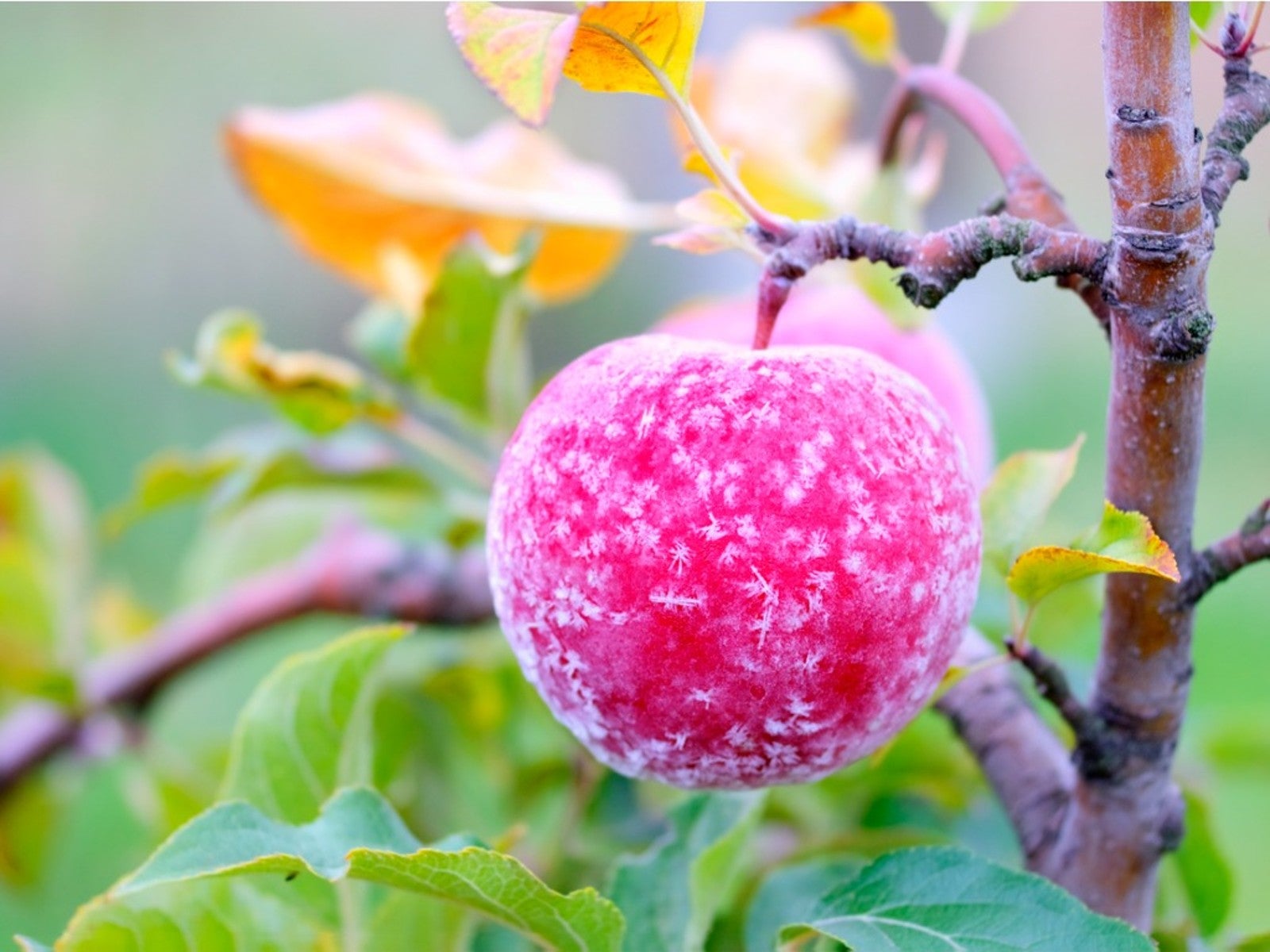 How To Protect Fruit Trees From Frost And Freeze
How To Protect Fruit Trees From Frost And FreezeChoosing fruit trees appropriate for your growing zone is best, but you still may need to protect them from extreme cold. Read how.
By Bonnie L. Grant
-
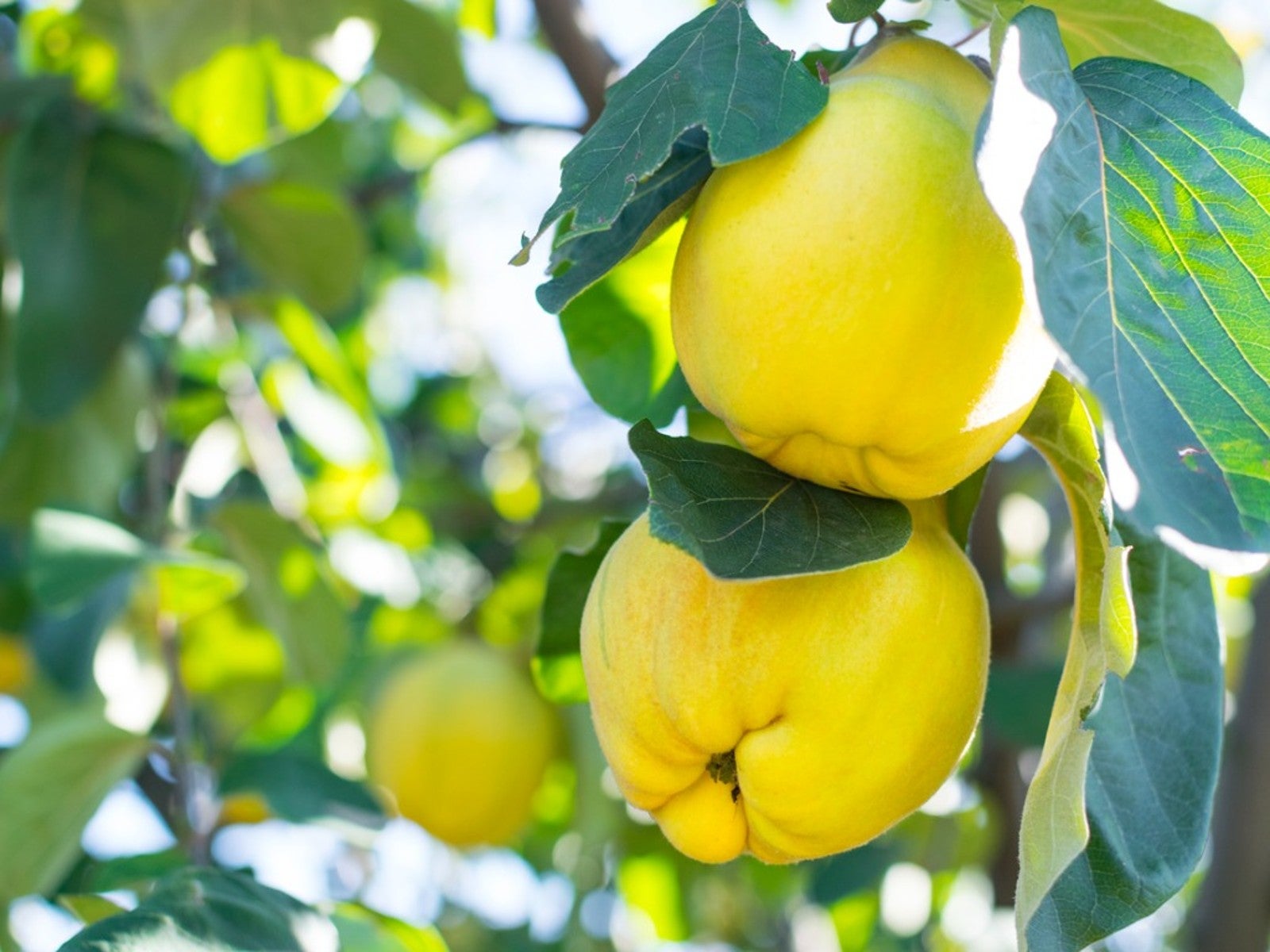 Best Plants For Late Summer and Fall Fruit Harvest
Best Plants For Late Summer and Fall Fruit HarvestEven if you don’t have the optimal conditions for more common fruit trees, there are other end of summer fruits to enjoy.
By Teo Spengler
-
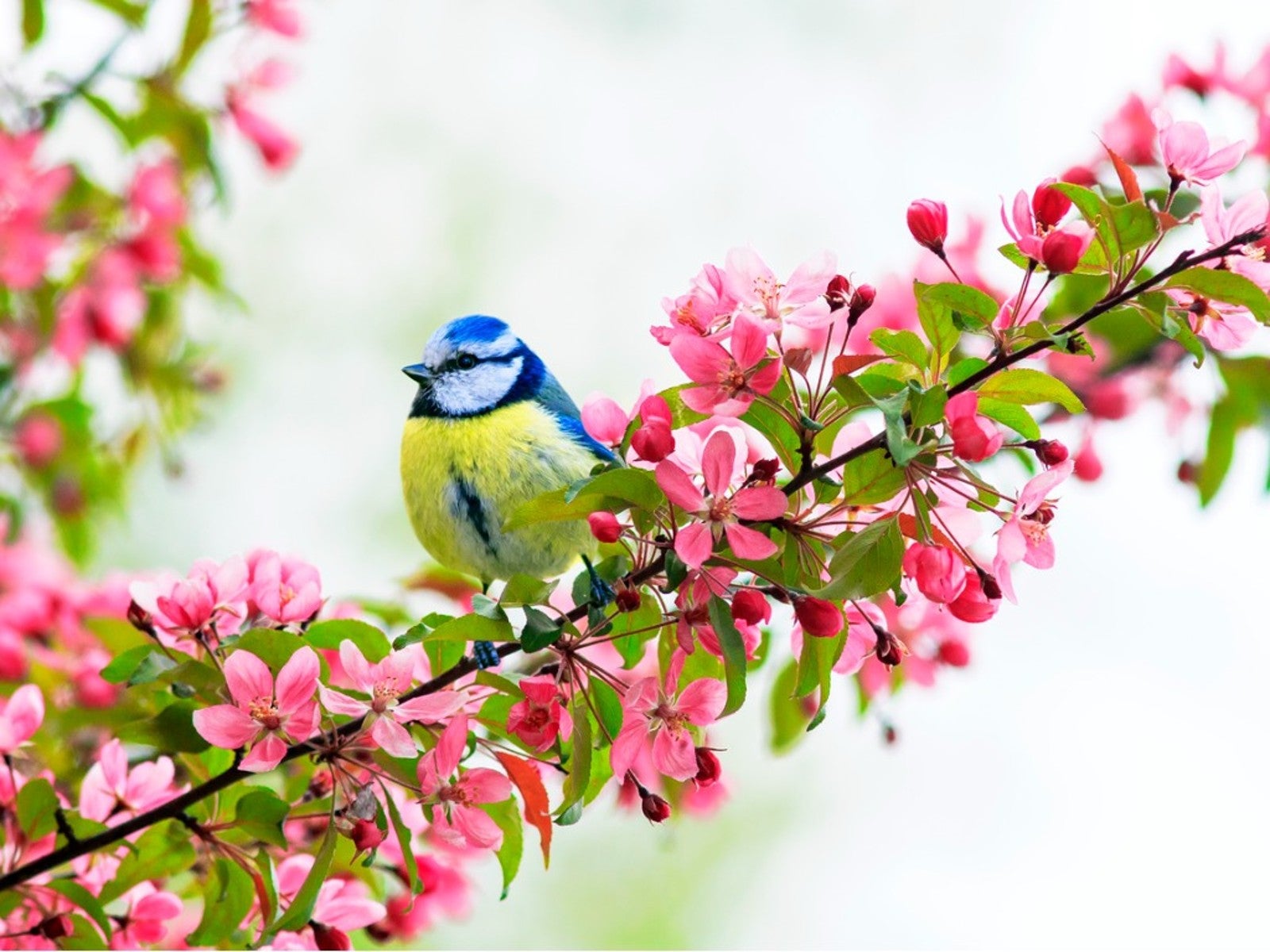 Best Native Fruit Trees To Support Wildlife
Best Native Fruit Trees To Support WildlifeIf you want trees that will attract and feed wildlife, learn the best kinds of edible fruit and nut trees to plant for inviting specific creatures.
By Teo Spengler
-
 Orange Fruit Varieties: Growing Fruits That Are Orange
Orange Fruit Varieties: Growing Fruits That Are OrangeOrange colored fruit isn’t limited to the citrus orange. There are plenty of other orange colored fruit varieties, each packing a healthful punch. Read on for more.
By Amy Grant
-
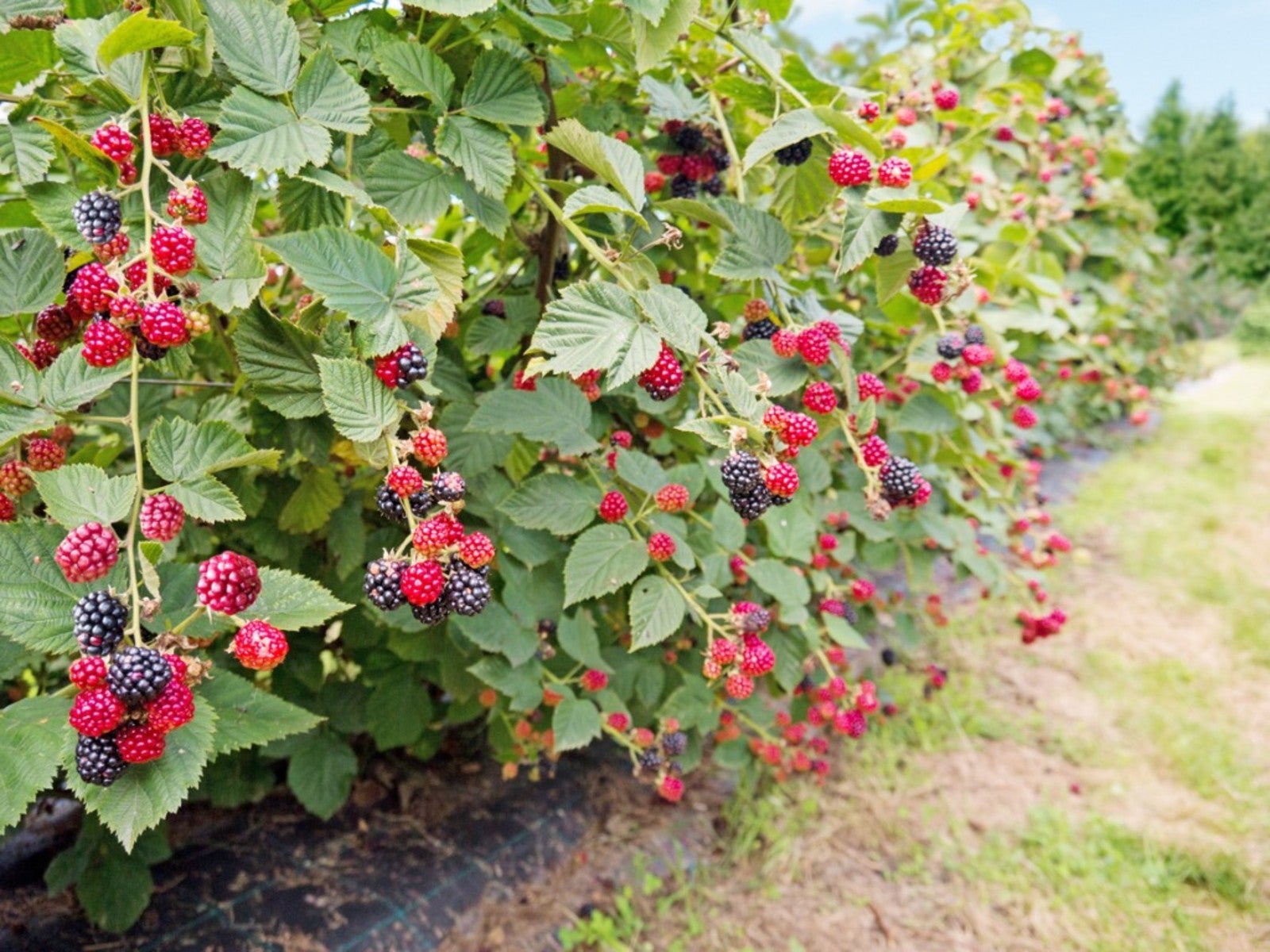 Everbearing Plants: Learn About Everbearing Varieties Of Fruit
Everbearing Plants: Learn About Everbearing Varieties Of FruitWhat does everbearing mean? And more importantly, how do everbearing varieties differ from non-everbearing types? Read on for more.
By Laura Miller
-
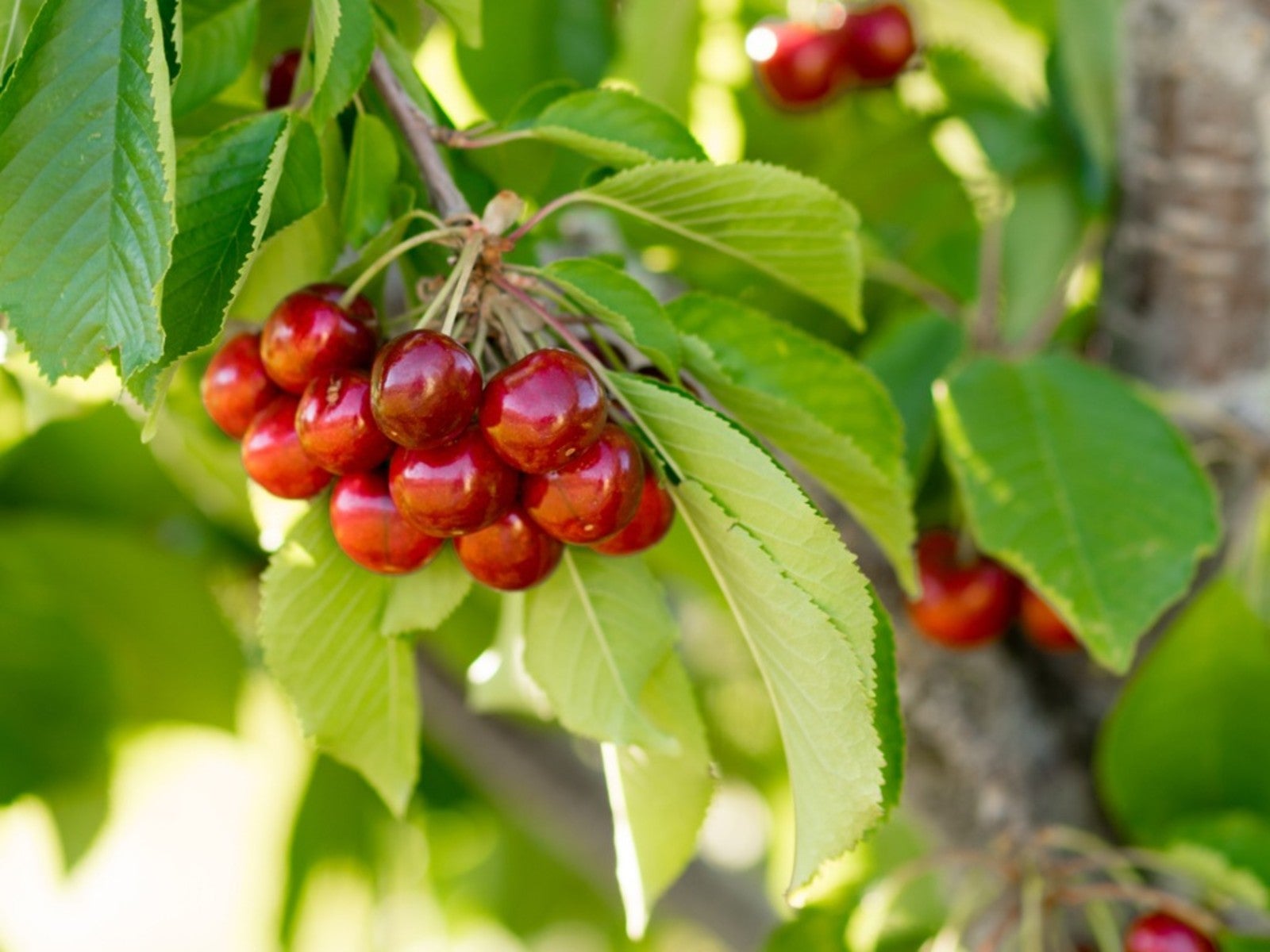 Plant A Red Fruit Garden: Growing Fruits With Red Flesh
Plant A Red Fruit Garden: Growing Fruits With Red FleshPlanting a red fruit garden may seem a bit whimsical. That is, until you realize the health benefits of consuming fruits with red flesh.
By Laura Miller
-
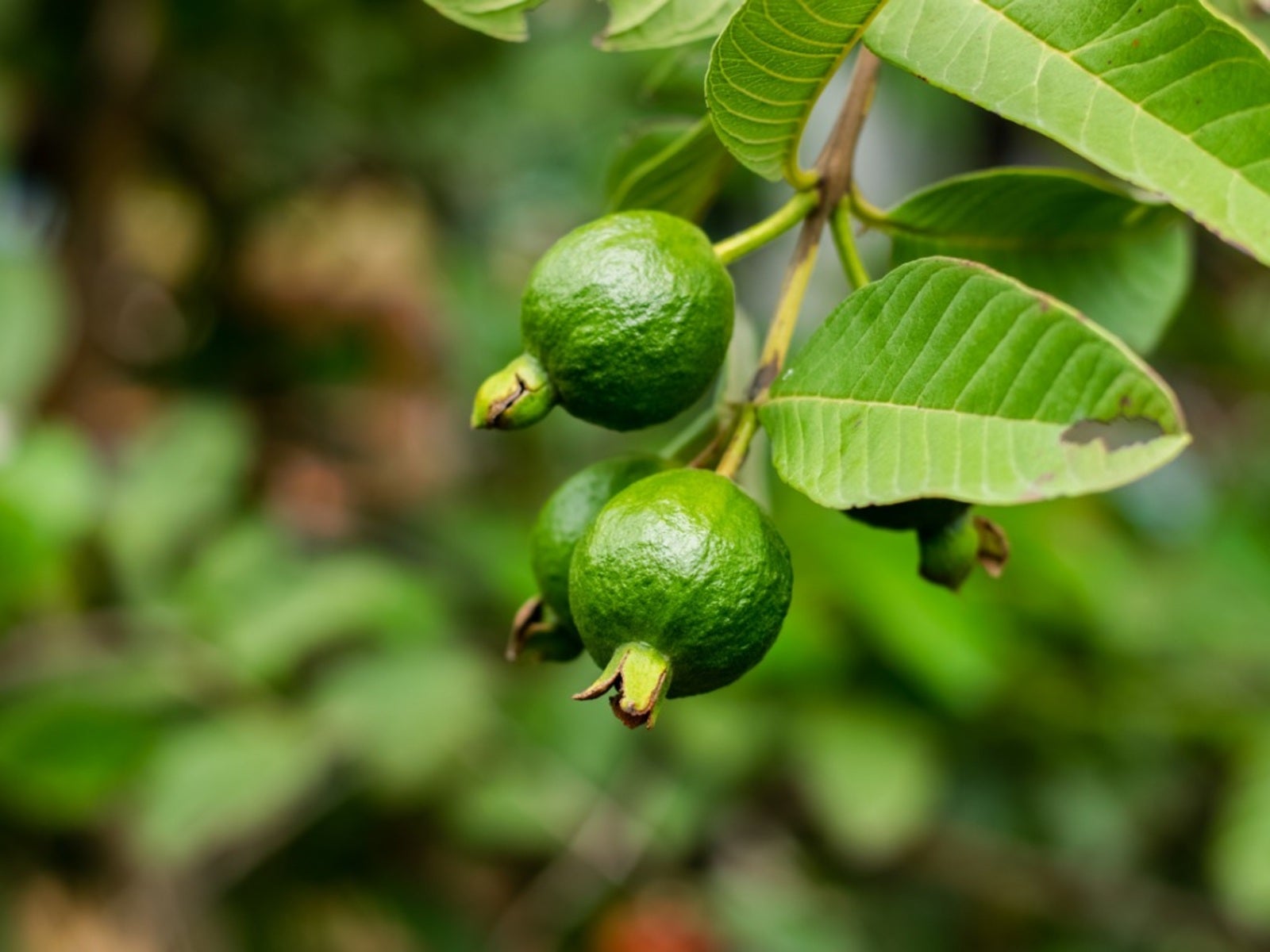 Heat Tolerant Fruits - Growing Fruit In Hot Weather
Heat Tolerant Fruits - Growing Fruit In Hot WeatherSome fruit grows in extreme heat naturally. But there are also specially cultivated, heat-tolerant varieties. For more information on heat tolerant fruits, read on.
By Teo Spengler
-
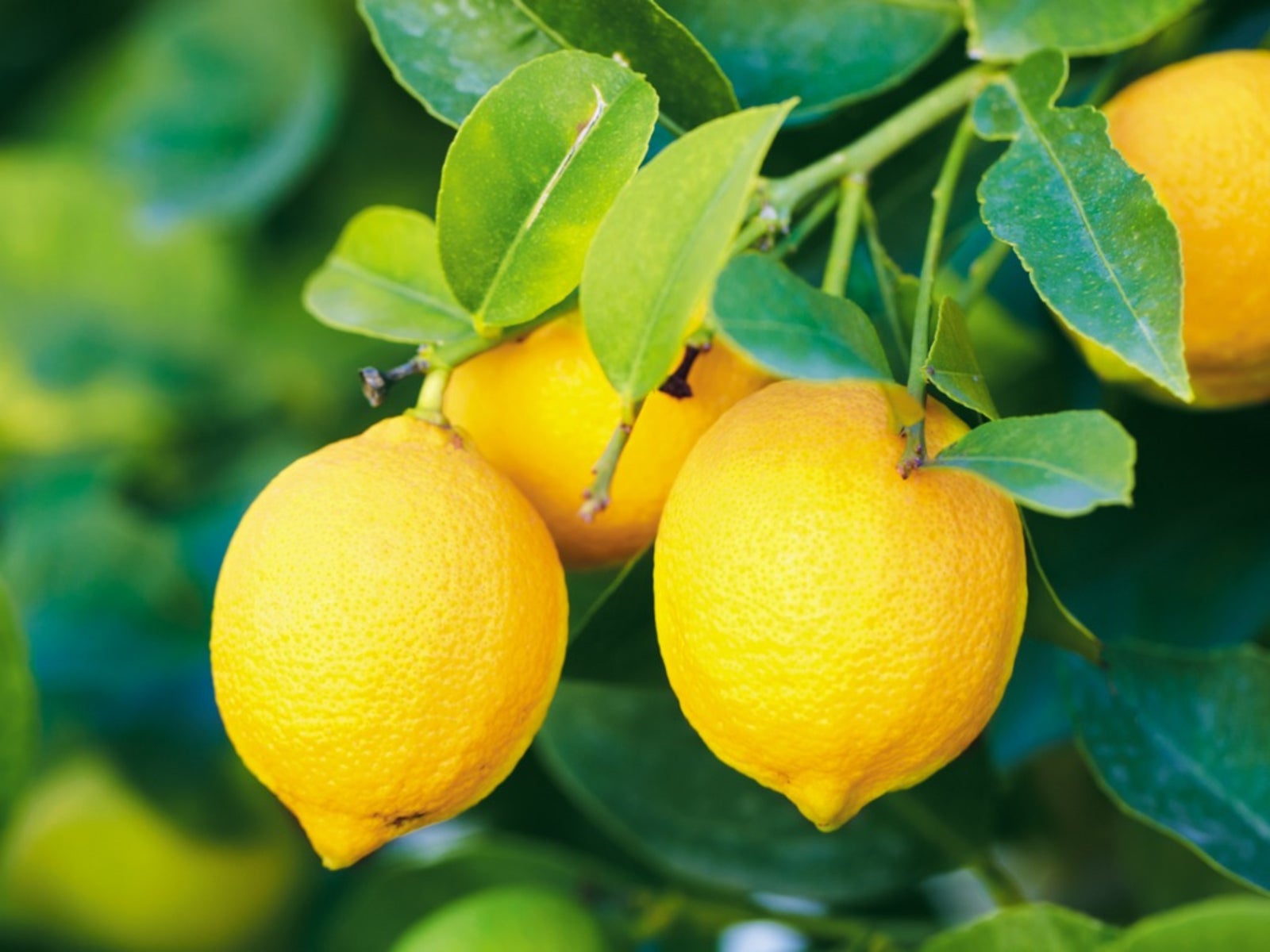 Yellow Fruit Varieties - Growing Fruit That Is Yellow
Yellow Fruit Varieties - Growing Fruit That Is YellowWhat fruit is yellow? There's more than the bananas at the supermarket. Try growing yellow fruit for a consistent supply of sunny food.
By Bonnie L. Grant